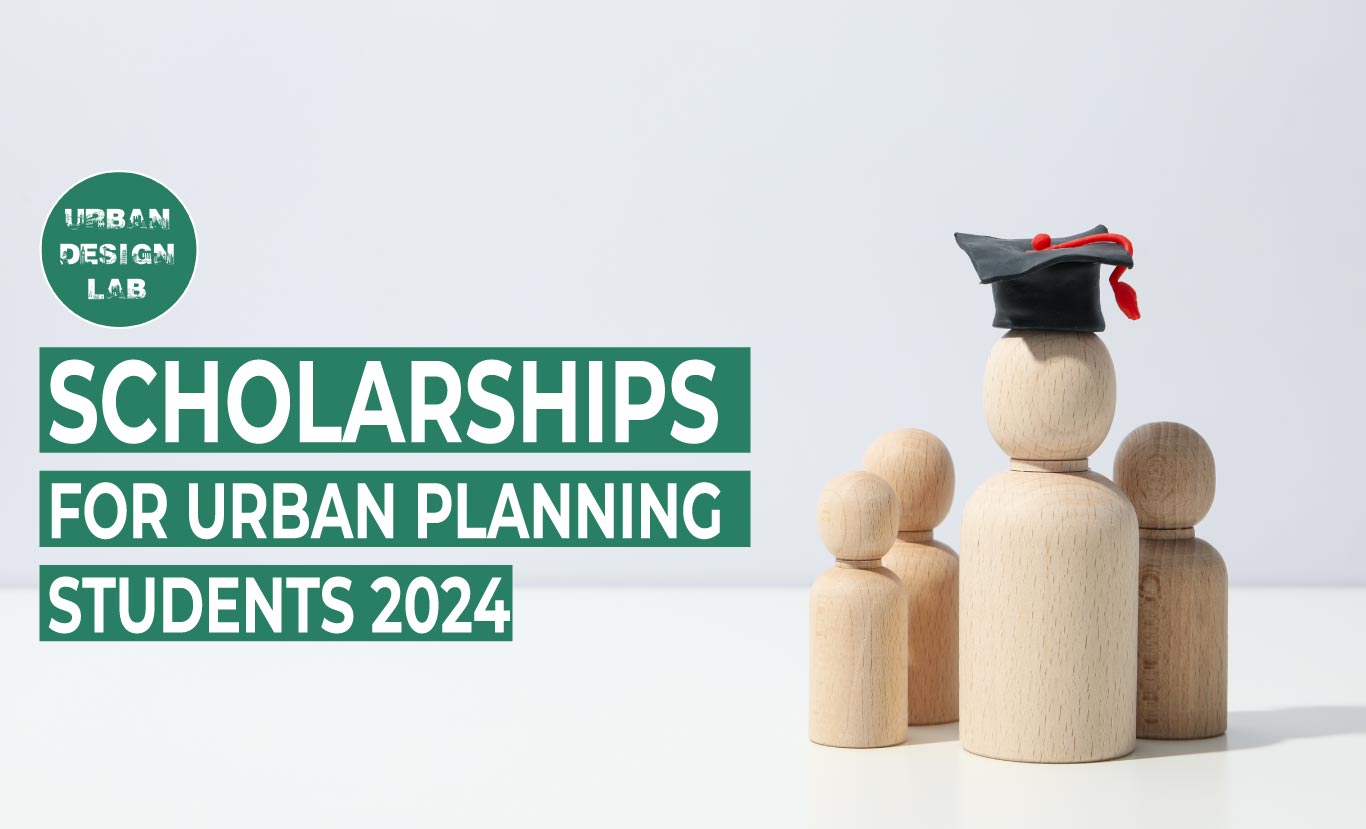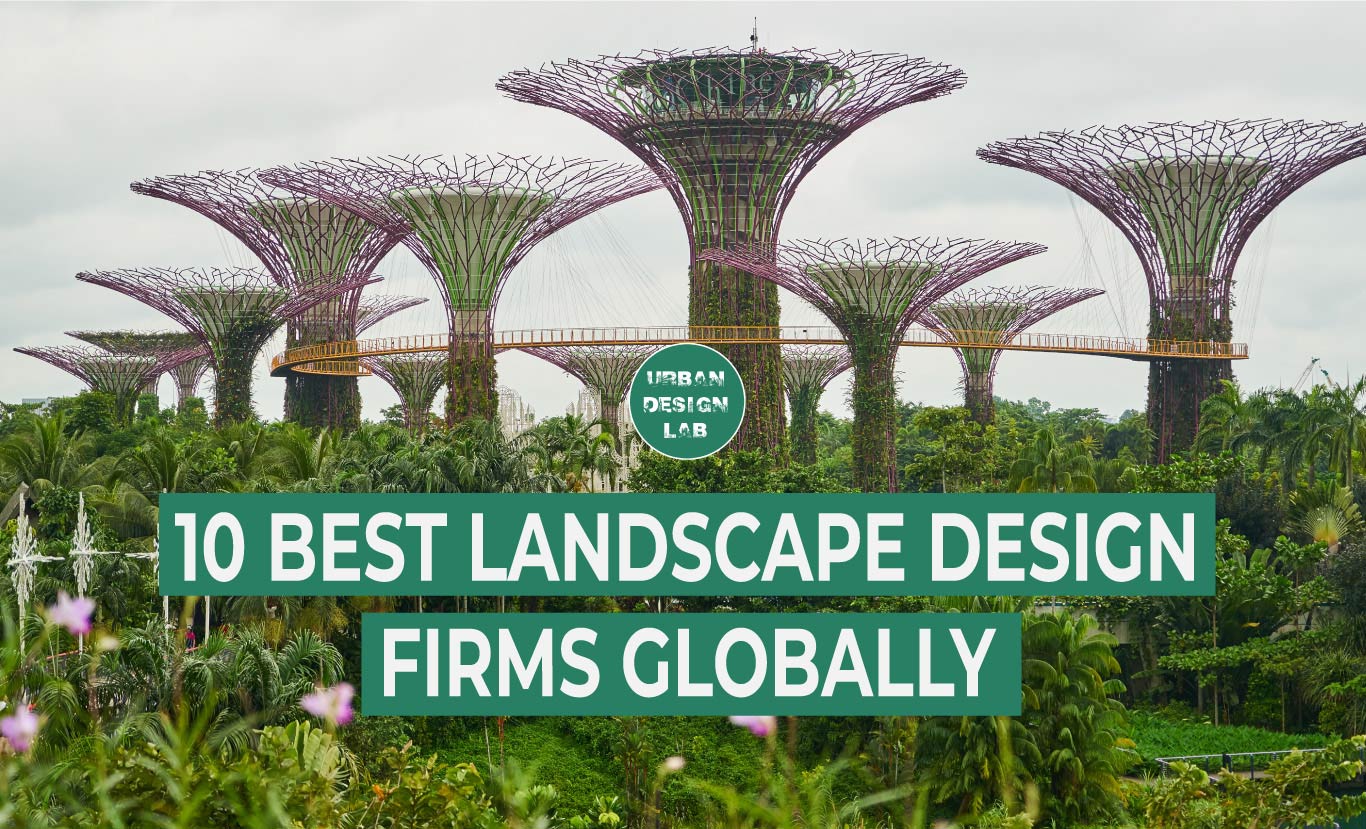
Strategic Urban Design for Better Cities

Strategic Urban Design for Better Cities
Cities! are the most complex of all human creations. We cannot understand a city using any single point of view. Therefore, to study a city, is also to study a uniquely powerful form of human settlement. We create our environments, and then we are influenced by what we create. “Cities have the capability of providing something for everybody, only because, and only when, they are created by everybody” (Jane Jacobs, The Death and Life of Great American Cities).
According to the UN, it estimates that 68% of the world population to live in urban areas by 2050. Hence, we need to be prepared to sustain these new community’s needs, as well as create a well-connected and healthy environments for them. Here comes strategic urban design as an approach not only to provide the basic long term urban structure around which shorter term development decisions can take place, in order to achieve good qualities and form of the city, but also to address social, economic, and environmental challenges.
To enhance our quality of life, as well as the way we design and build our environments, is therefore to study our cities, understand their dynamic entities, as well as how they became into existence. If we would lay down a foundation of what we call urban life, therefore we must understand the historic nature of the city, and distinguish its original functions from what we experience nowadays.
The Emergence of Cities:
In the beginning, we should ask ourselves a simple question: why did people begin to settle down in one place? However, there is no definite answer to this question, but many experts view the emergence of the first human settlement as the most important event in human history, the domestication of plants, or “the agriculture revolution.” “For the first time,” Mumford says, “people could stay in one place once a food surplus could be produced, allowing people to pursue interests other than food, such as crafts and science. “Once humans developed the capability of plant domestication, they could abandon the nomadic lifestyle and settle down near each other, living off of agricultural production. Eventually, farming led to dense, settled communities and food surpluses that required storage and facilitation of trade.

Human settlements emerged from that kind of informal process of development. Conscious ideas involved in the design process, such as the wall, grid, axis, and city square, as well as the concept of cloister, or places of worship,In fact, what is the earliest city is a question that has baffled many scientists. However, modern-day scholars claim it to be Uruk in the region of Mesopotamia around 4500BCE in terms of the definition of the city. These rural communities develop as a result of the extension and expansion of cities and urban centers; this is referred to as urbanization. Urbanization started to spread from Mesopotamia to Egypt, Greece, and other urban centers. In Egypt, in particular, great care was taken with the land to prevent the less desirable consequences of urbanisation from toppling the great cities of Pharaoh so that focus could remain steady on cultural aspects such as the development of writing, architecture, laws, administration, sanitation, trade, and craftsmanship” (Joseph J. Mark, Urbanization, 2014).
Really, that is all! We cannot even talk about the history of cities without mentioning the second greatest historical event in human history, “the industrial revolution”. Urbanization sped up dramatically with industrialization. Most people fled to the cities, hoping for a higher standard of living. For centuries, the city has been the heart, the lifeblood, of various civilizations—the centre of economic, political, and artistic events (John J. Macionis and Vincent N. Parrillo, Cities and Urban Life).
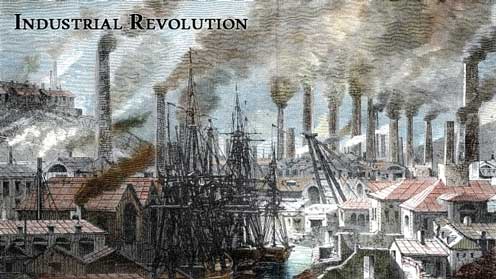
Population growth is typically accompanied by an increase in trade; in fact, the industrial revolution aided us in hastening the development process in order to sustain our growth.However, this process of urbanisation has also led to most of the challenges that we face today, from environmental and social aspects to political and economic ones. As urbanisation increased, rural lands decreased. Over time, the rise and fall of cities, which subjugate the surrounding natural environment to sustain the population’s needs, is seen to eventually deplete and destroy these resources. Besides the rise of issues such as health-hazards, climate change, poverty, water crisis, and inequality,
We are humans, the most powerful and intelligent creatures on earth. We can learn, adapt, and change our built environments. Therefore, we need a serious change in the way we construct cities, as well as strategically plan and design, in order to overcome the emerging global urban challenges, as well as build better cities.
What and Why Strategic Urban Design?
The term “strategic” is commonly used with urban planning; however, both strategic urban planning and urban design aim at achieving the good quality and urban form of the city. Urban design emerged as a bridge between urban planning and architecture. In fact, strategic urban design means different things in different contexts. It is considered the short-term development decisions that could take place in order to enhance a balanced vision (Jon Rowland, Urban Design Strategies and Development Realities). In order to have a clear understanding of what strategic urban design is, we should start by defining what a strategy is. A strategy is described as a plan of action or policy, a masterplan or scenario (The Oxford English Dictionary). Strategy is a clear concept that is indispensable for the design of an urban environment (Urhahn, Bobic, A Pattern Image, 1994). As a result, we can build a framework as well as the specific types of urban fabric needed to improve urban quality.

An urban design strategy should explain how development policies apply to a particular area (Planning magazine, Campbell and Cowan, 1999). These new strategies can identify sites, set out design principles, as well as show the implementation mechanisms. In addition, the local authorities and governmental institutions will use these new strategies as a tool to improve urban quality. In today’s cities, form and structure are as undetermined as an urban society, in which individual needs seem to be more important than collective values. The purpose of strategic urban design is to instil confidence in the development industry, local communities, and local governments in their ability to manage change, as well as to serve as the foundation for a sort of business action plan.
Today’s Cities (Current urban experience):
In spite of the fact, that designing of the city and city region is shaped by many forces, today’s cities are more than ever shaped by economic forces. If we put medieval and contemporary cities in comparison, we would easily reveal the growing importance of the economic function of cities over the last years. Although cities were already important centers of trade in the Middle Ages, there were other areas of life thriving. All we have to do is just look at the physical layout of cities built in that age — with their religious buildings as the tallest ones — to see the importance of religion, culture, the sense of community, as well as the traditional values in the lives. All of that began to change; cities became more important as centers of wealth! Do we really need all of that skyscrapers? Even the mosques, churches that had previously dominated the skyline, and now dwarfed by the “new central business districts”. From small distinctive communities were mainly seeking water, food, and security to big chaotic metropolises who actually still faces the same challenges!

“Today’s Planners responsible for economic development behave much like business executives engaged in marketing: they promote their cities to potential investors and evaluate physical development in terms of its attractiveness to capital and its potential to create jobs, rather than by its healthfulness or conformity to a master plan” (SusanS. Fainstein, Britannica, topic: urban planning). We can see Tokyo, as a striking example of the way in which the city changes as a result of economic force, with many of its buildings having an average life span of a mere three years.
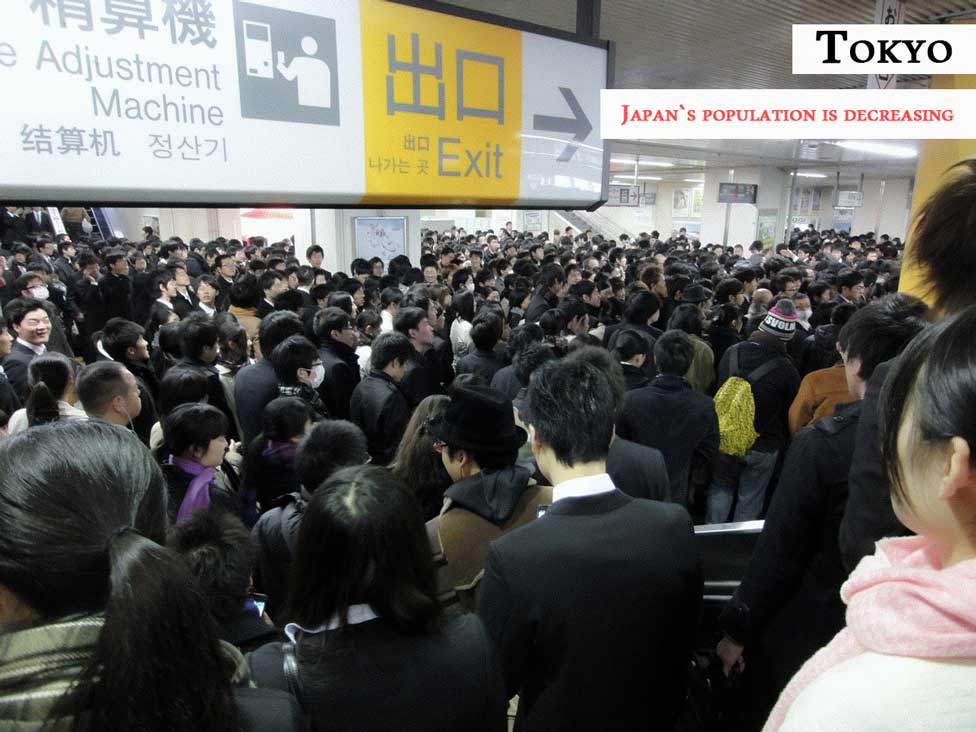
Tokyo is considered the most populated city in the world. Because of that, it is overcrowding. In addition, it is a relatively vulnerable place to disaster risks. Gathering many people in a small area can easily affect their lives. The high population also significantly affects Japan’s economy, especially in terms of land prices. According to Alan Weisman’s bestselling book (CURWOOD), “Despite its densely populated cities, Japan’s population is decreasing, forcing it to consider how to design an economy around shrinking, rather than growth”.
Cities concentrate millions of people into locations that can be highly vulnerable to disasters, pollution, and the affects of climate change. Today’s cities are no longer the result of, or even influenced by, formal, spatial, and structural ideas. Urban planning and design have been rarely appearing on the scene of the urban development process.

The Potential of strategic urban planning & design:
We always ask ourselves the “how” questions, because if we only look at the facts of what we call urban life, we will surely miss its dynamic soul. The city will appear dull and lifeless, with only a collection of concrete buildings and a set of bureaucracies. However, if we ask this kind of question, which links these factual elements to human lives, As a result, the city springs to life as a set of vital, dynamic forces.
Strategic urban design provides answers to all of these questions. The urban design strategies will help inform what has until now been a planning system that has been dominated by social, economic, and property issues that tend to be expressed in relatively legal terms. It also helps establish a vision and an accessible set of concepts that express qualitative issues and enables people to understand the physical implications of policy. Although the applications of strategic urban planning and design activities are relatively recent, they show great potential towards enhancing the capacity to achieve certain goals.

“The global trend of rapid urbanisation has resulted in more than half of the world’s population of seven billion people living in cities. In addition, about one billion urban dwellers live in informal settlements, a number that is projected to increase to three billion by 2030 “(the United Nations Human Settlements Programme). Therefore, we seriously need to strategically plan and design and prioritise our needs in order to guide the development process towards these priorities identified by a collective engagement of stakeholders, governmental institutions, local communities, and researchers. Strategic urban planning and design can easily reflect the complex and continuing process of city change.
According to UN-HABITAT (Introduction to Urban Strategic Planning), “The following attributes, when combined effectively, define a successful and comprehensive strategic planning process:
• It is oriented toward the future and attempts to predict how the world might change in the next five to ten years.It is aimed at setting the city’s development direction based on what this future is likely to look like.
• It is adaptable and focused on the big picture. In this way, the city is in sync with its surroundings, setting the stage for meeting goals and giving the city a framework and direction for the future that it wants.
• It develops a framework for competitive advantage by conducting in-depth analysis of the city, its internal and external environments, and its potential.This enables cities to respond to emerging trends, events, challenges, and opportunities within the framework of the vision and mission they have developed through the strategic planning process.
It is a qualitative, idea-driven process. It integrates “soft” data that is not always supported quantitatively, such as experiences, intuitions, and ideas, and involves stakeholders in the ongoing dialogue with the aim of providing a clear vision and focus for the city.
• It allows a city to focus because it is a dynamic, continuous self-analysis process.”
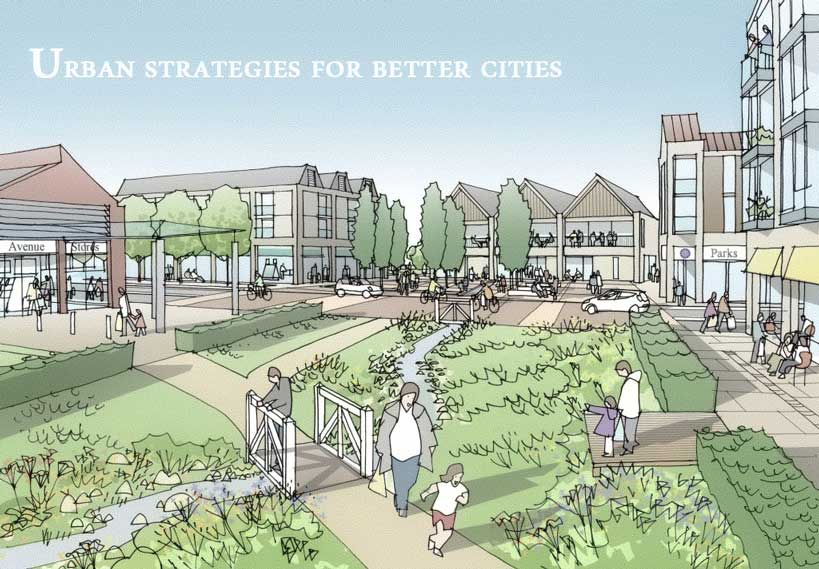
Conclusion:
However, cities are becoming the default of human experience; they can also exacerbate some of the world’s most significant environmental and socio-economic challenges. The dramatic increase in population, social inequality, poverty, poor urban planning, and lack of basic infrastructure services, as well as the conspicuous warming trend in recent years, All of these challenges address the urge to readapt our activities and policies as humans to the environment and change the way we design and build our cities to become more sustainable and resilient.
We must be more conscious of the development process as well as strategically design to enhance our quality of life. Again, we should always believe that, in the beginning, we design and shape our built environments, and then our cities re-shape the way we live.
About the Author
Ahmed Alsherbini is an Egyptian architect and urban researcher. He won several national and international architecture and urban design competitions. Currently, he is an M.Sc candidate in the IHS Urban Management and Development programme with a specialisation in Strategic Urban Planning and Policies. Ahmed focuses not only on urban mobility and heritage but also on place-making strategies and the people. Ahmed sees that people are the answer, especially the transactions between them. Everyone has the right to live a good life because that is what they have always believed in.
Related articles


Rethinking Urban Planning Careers in India


AI Urbanism: Utopia or Dystopia? The Unvarnished Truth.


5-Days UDL GIS
Masterclass
GIS Made Easy – Learn to Map, Analyse, and Transform Urban Futures
Session Dates
14th-18th July 2025

Free E-Book
From thesis to Portfolio
A Guide to Convert Academic Work into a Professional Portfolio”
Recent Posts
- Article Posted:
- Article Posted:
- Article Posted:
- Article Posted:
- Article Posted:
- Article Posted:
- Article Posted:
- Article Posted:
- Article Posted:
- Article Posted:
- Article Posted:
Sign up for our Newsletter
“Let’s explore the new avenues of Urban environment together “






























